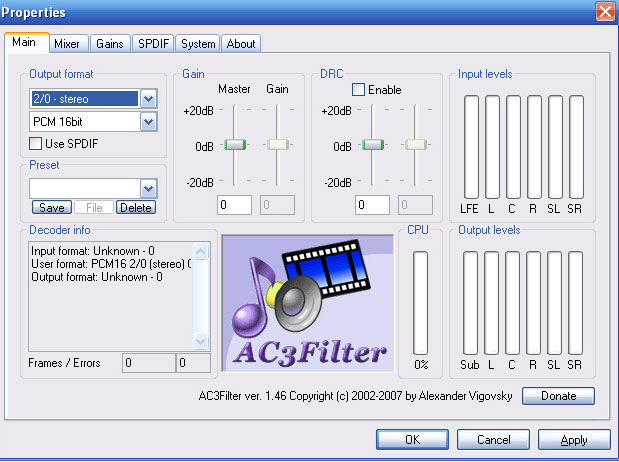Instruction
1
Download and install to your computer the player Media Player Classic Home Cinema, if you do not have this player.
2
Put the same name the audio file (*.mp3; *.wav; *.aac, etc.) in wheelchairs with a video file (*.avi; *.mov; *.mpg, etc.). If you do not have the same name of the audio file, then you need to create it. The sound should have called you as well as videos. Copy these two file in the same folder. Even a fairly General principles, continued in the name of the files may be different. For example:movie.avi
movie eng dubbing.dts
movie eng dubbing.dts
3
Open your video file in MPC. Right click the mouse on the empty field in the opened window. In English the appeared list, select "Audio". When you choose audio, you have two audio tracks. One track is the original, the sound that sounds on the video. And the second track from an external file. Select the trackthat you need, and enjoy the result.
4
There is another way that you can use in case if you don't have to rename the track. Select in menu "File" - "Open File". You will see a window with two audio tracks. The first line will be for video and one for audio. In the second line you must specify the desired audio track. While viewing you will need to change paths in some places. To do this, go to menu "Play" – "Audio" and change the paths in some places.
5
In order to view DVD Video with external track, do the same as if you do not rename the track. Open the DVD using the menu "Open File".
6
If you use instead Media Player Classic Home Cinema some other player such as Media Player Classic, then you must perform the following steps. Open settings "ffdshow audio decoder". To do this, double-click on the blue cube with the words "FFa". Then remove the tick from "enable", it is in the tab "stream switch". Paths between can be switched by pressing "A" by default or "ffdshow".
